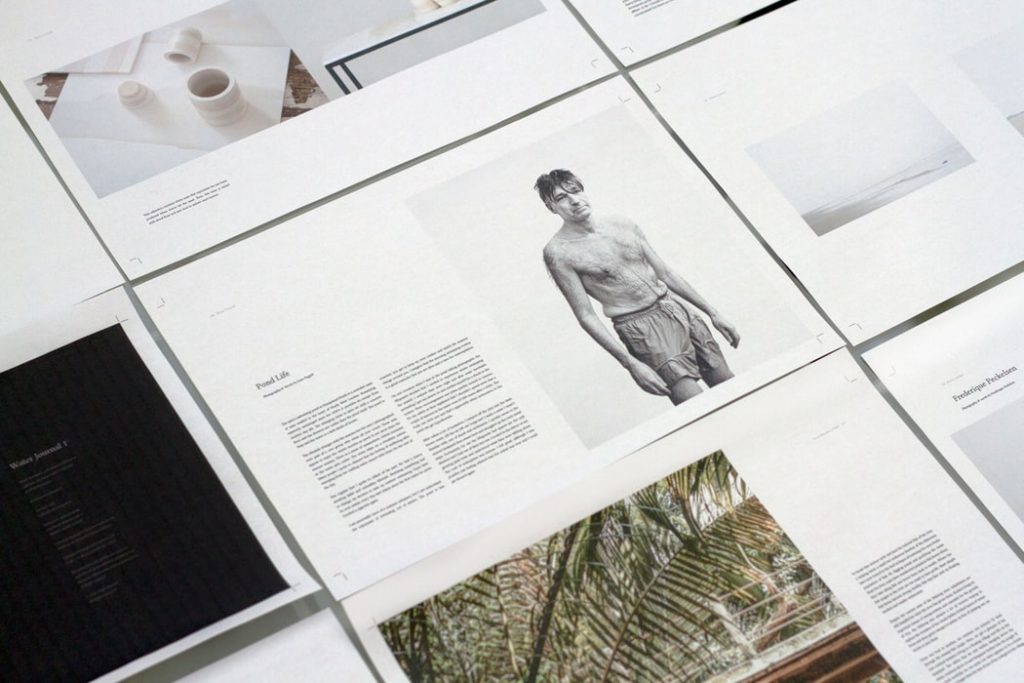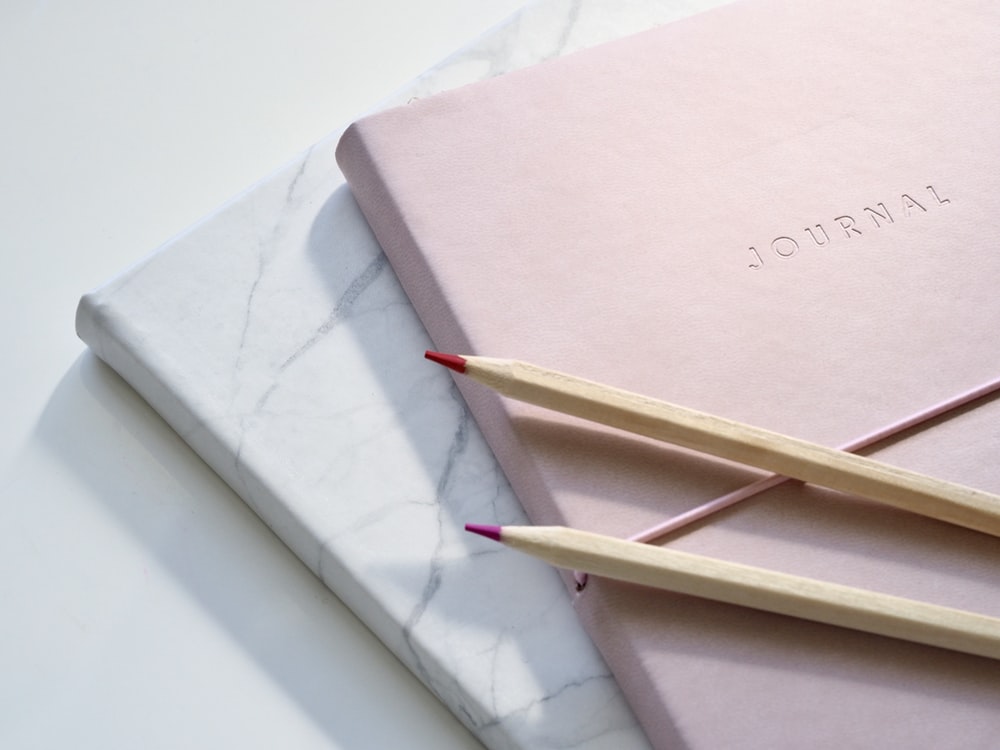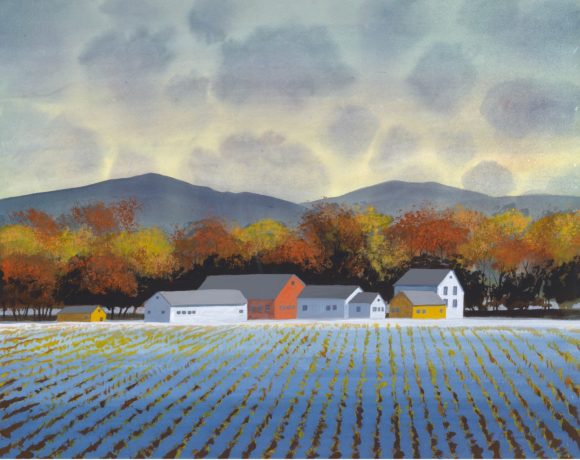In fact, you do not need to know too much. It’s easy and can be very rewarding. To start an art journal you do not need any clear instructions and guides. This is not the process of building an airplane — it is the free flight of your creativity, thoughts, ideas, and talent transferred to paper. However, if you still need a few tips to get started, we can help you with a few guidelines.

Keep in Mind That There Are No Rules
The rules about art are fairly arbitrary. And it is the same with an art journal. No one can impose a particular framework on you. Therefore, when creating an art journal, forget about the rules, regulations, and instructions. The only rule (if you can call it a rule) is that you should like what you are doing and you should be satisfied with the process and the result. So, let’s get started.
Decide on a Purpose
Before starting to do anything, we need to clearly understand the purpose we pursue with our actions. For an art journal, this works the same way. Before you begin, answer the question: Why do I need this? For instance:
- If you feel the need to express yourself, relieve stress and live emotions through art, then an art journal in the format of a personal diary can become your reliable assistant.
- If you are an artist, the goal of your art journal might be to find ways to keep in touch with fans or even build a personal brand.
- If you are the owner of an art gallery, then the goal here may be similar to the previous one, plus attracting new artists and new visitors.
- If you are an art dealer, then keeping an art journal can become one of the ways to outline plans for increasing sales.
And this list can be continued. Find the one that describes you best and the goal of creating your art journal will be clear.
Decide on a Topic
Once your goal is defined, it’s time to decide on the theme of your art journal. And, in fact, the theme will directly follow from the goal.
- It can be your personal emotions and your life in pictures and notes,
- It can be professional articles and illustrations within a certain direction of art,
- Or it can be a comprehensive journal telling readers about art in general, helping them understand and feel.
- It can even be all of this together.
Remember, we said that there are no rules? You just need to choose the best possible direction for yourself (and your readers if you are creating a journal for the public too) and start developing your own vision of art and life.
Decide on a Desired Art Journal Format
Once you have decided on the purpose and theme of your art journal, its format will become obvious to you. It flows together almost naturally.
- If this is a personal art journal, then even a school notebook will be enough to turn it into a collection of your thoughts and creative impulses.
- Art dealers and art gallery owners need a more serious approach — most likely, you need a glossy print journal that will be sold or distributed free of charge to your potential buyers or visitors.
- Artists who want to share their work can first create their masterpieces and notes on paper, and then transfer this to a digital journal format that can be sent to subscribers and followers.
Make Sure You Have All the Creative Suppliers You Need
So, you already understood what and how you will create, and now it’s time to move on to the practical side of implementing your idea. Make sure that you have all the necessary tools. Your list and quantity will directly depend on your goal and the style in which you work. And remember, there are no restrictions. You can write and draw whatever you want — with paints, pencils, felt-tip pens, chalk or everything at once. You can draw on the walls, asphalt, wallpaper, or the screen of your phone, and transfer it to paper or not. You decide. Just think about what tools you need, make a list and get the missing ones.
Make Sure You Are Really Inspired to Do It
Remember the first conditional rule we positioned at the beginning of this article? Your journal should bring you pleasure, from the process and from the result. It is not worth starting to do it if you do not feel inspiration and desire. Art does not tolerate violence, especially violence against the creative nature that creates it.
And it is fine to sometimes not feel inspired. All great artists have experienced these periods. They are needed for rethinking, growth, and development.
Therefore, if you feel the desire and inspiration, today is the best day to start your art journal. But do not try to force yourself. If you are creating your art journal for yourself only, then creating it if there is no real desire and inspiration will bring you only irritation and disappointment. If you create it for an audience, then be sure that your readers will see and feel that this journal was created without an emotional component.
Share Your Journal with Everyone You Want – Or Don’t Show It to Anybody
So here is our last recommendation. You can make your art journal public or private. The most important thing is feeling comfortable with your choice.
- If you originally created your journal only for your thoughts, worries, and drawings, then it is normal to keep it secret and personal.
- If you created your journal for an audience but in the process of creating it realized that you are not ready to share your creative results, this is also a normal situation. It might be that you are more in need of the opportunity to reflect and draw your experiences than to go public.
- If your plan to use your journal publicly has not changed, the main thing is to find points of contact with the target audience, and of course, make your journal beautiful and interesting.
Conclusion
So, it’s easy enough to start creating an art journal. The most important thing is to understand why you need it and what you want to do with it. Moreover, no matter what decision you make, it will be correct. Remember, the main task is to feel comfortable in the process of creating a journal (or sharing, if you decide to do this), and get real pleasure and emotional feedback from the result.
Frank Hamilton has been working as a translator at translation service TheWordPoint. He is a professional writing expert in such topics as blogging, digital marketing and self-education. He also loves traveling and speaks Spanish, French, German and English.









NO COMMENT